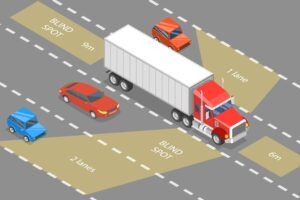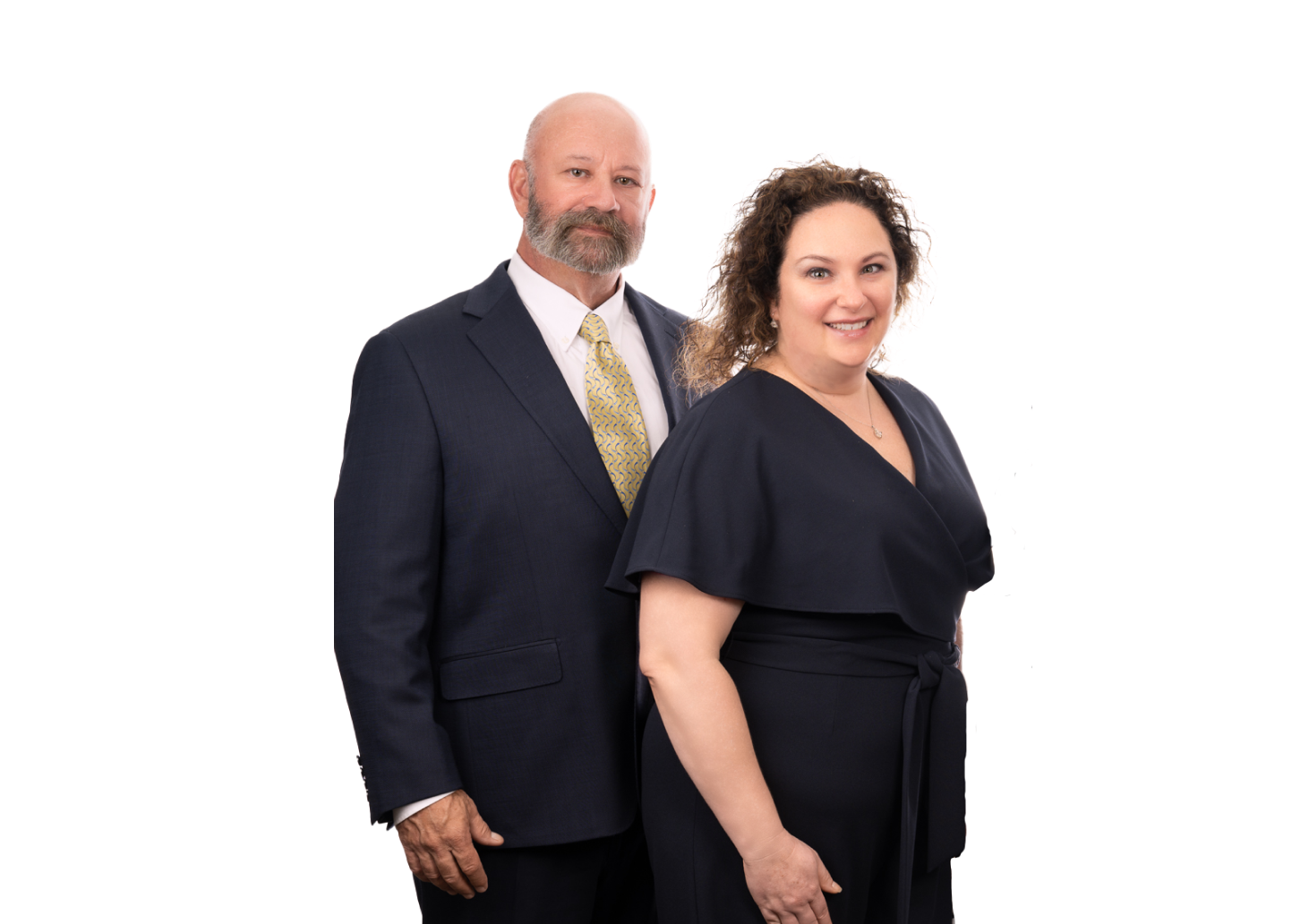
Have you ever wondered why blind spots exist in vehicles? It seems like a design flaw that can hide potential road hazards and put us at risk. But there’s more to blind spots than meets the eye. Understanding how blind spots work can help us navigate the road more safely.
Blind spots are areas around a vehicle that cannot be directly observed by the driver, even with the use of mirrors. These spots can hide other vehicles, pedestrians, or objects, making it crucial for drivers to be aware of them and take necessary precautions.
When motorists become complacent and forget to check blind spots, serious accidents can happen. A Broward County car accident lawyer can help you determine liability if you’ve been in a blind spot accident. Let’s look at the reasons behind blind spots and how they can hide road hazards.
Blind Spots Pose Driving Challenges
No matter how evolved car manufacturing becomes, manufacturers have yet to find a way to eliminate a vehicle’s blind spots. Trucks, for example, have substantial blind spots courtesy of their trailers.
Smaller vehicles’ blind spots may not obscure as much of the road, but they can still make transitioning between lanes difficult courtesy of their location toward the back of the car. Further, inexperienced drivers may not check blind spots as frequently as they should.
Blind spots form around every vehicle in specific zones where the driver’s view is obstructed, regardless of mirrors. Common blind spot locations include:
- Directly in front of and behind the bumpers
- Behind the A-pillars between the windshield and windows
- Along both sides of the vehicle, particularly a triangular area extending back from the driver’s shoulder
The exact size and shape of blind spots vary depending on factors like the vehicle’s size/design, equipment installed, passenger/cargo volume, and characteristics of the individual driver. But their presence is universal.
When And How to Check Your Blind Spots
The only way to determine if blind spots are clear is to perform regular visual checks. However, doing so requires briefly looking away from the road, introducing dangers:
The rearview mirror and side view mirror adjustments and shoulder checks take eyes off the forward view for seconds, risking missing road changes.
Overcorrecting the steering if spotting an unexpected vehicle can induce spins or skids.
To check blind spots defensively:
- Check well ahead of a lane change, not just before it, allowing time to react to hazards spotted
- Move ahead in smooth, controlled motions without jerky movements that could startle others
- Only change lanes if fully certain the path is clear, not just “probably” clear
Stay Alert and Aware
In addition to proper blind spot checks, attentiveness is vital. Pay close attention to:
- Traffic flow and how conditions may alter blind spot locations/sizes dynamically
- Specific hazard types difficult to see, like motorcycles, taking extra precautions
- Surroundings whenever stopped so blind spots don’t conceal cross-traffic
- Pedestrian/bicyclist behaviors that could put them into a vehicle’s blind arc
How Blind Spot Accidents Can Happen
Here are some common blind spot car accident scenarios that can occur when drivers fail to check their blind spots:
- Lane change collision: A vehicle switches lanes directly into the path of another vehicle in their blind spot, resulting in a sideswipe crash.
- Rear-end collision: A vehicle pulls out to pass, not seeing another in their peripheral vision, and gets struck from behind.
- Merging accident: Traffic merging from an on-ramp collides with a vehicle unseen in the merging vehicle’s blind spot.
- Rear collision: A driver backs out of a driveway/parking space and hits a vehicle or person outside their field of vision.
- Door/bicycle accident: A driver opens their door into the path of a passing bicyclist or motorcyclist in the car’s blind spot.
- Passing/overtaking collision: A driver attempts to pass, not seeing a slower vehicle already overtaking from behind in their blind spot.
- Highway lane change collision: Vehicles switch lanes at highway speeds without checking for each other in the blind spot.
Underride Accidents
An underride accident refers to a devastating type of collision that can occur when a passenger vehicle gets trapped underneath a large commercial truck or trailer during a lane change maneuver. Because of size and height differences, a passenger car may not be visible to the truck driver.
As the massively heavier truck keeps traveling, it can completely crush the entire passenger compartment. Unfortunately, the under-ride guard side panels required on some trailers to prevent passenger compartment intrusion may not provide adequate protection for side impacts depending on the angle and speed of collision.
As a result, underride accidents usually have catastrophic consequences for car occupants. Some of these accidents may be preventable with technology or simple blind spot checks.
Contact a Car Accident Attorney if You’ve Been Involved in a Blind Spot Accident
There may be legal recourse available to you if a blind area accident has caused you harm. However, it can be particularly challenging to establish fault in a personal injury lawsuit when the at-fault driver denies blame.
In order to get back on your feet after an automobile accident, a lawyer can assist you in collecting evidence, speaking with witnesses, and negotiating a fair settlement. Your hospital bills, repair costs, lost wages, and pain and suffering caused by the accident could be recovered in a personal injury claim.
Contact the personal injury lawyers of Winston Law today to discuss your claim in a free consultation.

